|
The Hassinger House on Birmingham’s Highland Avenue, dating from 1898, was designed for prominent Birmingham industrialist William H. Hassinger. Its turret, gables, verandah, and asymmetrical profile are characteristic of the Victorian Queen Anne style, while the porch’s Ionic columns and flat wall surfaces are classically inspired. Though it is one of the few Queen Annes remaining from Birmingham’s boom period, intense development pressures threaten the house, with one of its neighbors being a Ruby Tuesday restaurant. Though the house is restorable and appears to be sound structurally, the Hassinger house is only marginally maintained at present. As the property values increase in the area, so does the likelihood that this house will be torn down to make way for more lucrative commercial uses on the site.
0 Comments
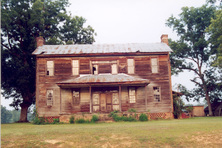 Click image to enlarge. Click image to enlarge. The Jared Gross home is an exceptionally fine example of an I-House dating to the early 1850s. Traveler's Rest, located just south of the Gross home, was once a popular stop for travel-weary passengers along the Jacksonville-to-Montgomery stagecoach route. These, along with a few other remaining structures, make up the ensemble of historic homes in the early settlement of Old Eastaboga. The center of settlement moved north in the 1880s for proximity to the railroad, beginning Old Eastaboga’s decline. To further demonstrate how things have changed over the past century and a half, Old Eastaboga is now only a hundred yards north of Interstate 20. With proper direction and stewardship, these historic resources do have potential. A creative, comprehensive plan could make these resources part of a regional tourism initiative, taking advantage of their proximity to the interstate system. 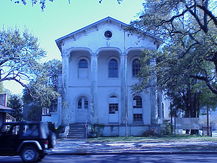 Click image to enlarge. Click image to enlarge. The 1857 Kennedy House is one of Alabama’s most important examples of hybrid Greek Revival and Italianate architectural impulses seen in the last decade before the Civil War. A tall, temple-type, neoclassical front portico is paired with Italianate detailing, broad ornamentally bracketed eaves, round-arch windows with cast-iron hoodmolds, and above the portico, a series of flattened, stilted arches springing from column to column instead of the expected classical entablature. In the tradition of many mid-nineteenth-century Mobile mansions, a long, L-shaped, double gallery services the rear, while also making use of a side-hall plan. 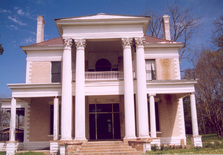 Click image to enlarge. Click image to enlarge. This circa-1906 neo-classical revival home recalls better economic times, featuring a central, double-leaf entrance with full transom and sidelights, a dominant full-height portico with paired terracotta Corinthian columns, a side porte cochère, decorative quoins, and exterior corbelled chimneys. The finest example of such a house in these parts, the Coleman House interior showcases soaring ceilings, wood burning fireplaces, and an overly generous double-L staircase. The house was recently purchased by out-of-towners, but difficulties discovered while repairing the house are forcing the new owners to offer it for sale again. Many repairs still need to be made to the house, and if the present owners do not find a buyer, they will be forced to demolish the house for salvage, in order to recoup their financial losses. 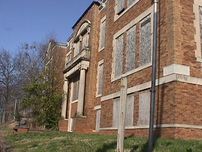 Click image to enlarge. Click image to enlarge. A fine example of a classical revival school building from the turn of the last century, the Arlington School, built in 1908, was Bessemer’s first high school. Its most distinguishing features are the decorative brick and stone façade, interior sky-lighted basketball courts, and an auditorium in the form of a jewel box theatre with a raked floor, proscenium stage, and horseshoe balcony. Once a part of a thriving middle class neighborhood, the Arlington School was abandoned in the early 1980s. Now dilapidated and out of use, the school’s state of disrepair is indicative of the decline in the surrounding neighborhood. Currently, the building is co-owned by a community development corporation and a group of developers who intend to adaptively reuse the building. However, with continued deterioration, the rehabilitation costs for the project increase. |
Alabama's Endangered Historic LandmarksEach year since 1994, Alabama Heritage has highlighted threatened historic sites throughout Alabama. The “Places in Peril” list has identified more than 215 imperiled historic resources throughout the state, and is compiled by the Alabama Historical Commission and the Alabama Trust for Historic Preservation. The locations highlight the results of deferred maintenance, perceived obsolescence, development pressures, and lack of funding—forces that now more than ever threaten our cultural legacy. But awareness is a powerful force, too, and can cultivate a renewed determination to be responsible stewards of our heritage. For more information, visit the AHC or the ATHP websites. Alabama Heritage is proud to bring to you a selection of the places designated as perilous. Please keep your comments to information relevant to the featured place in peril. Alabama Heritage reserves the right to delete any comment that we deem inappropriate. Archives
May 2024
|
|
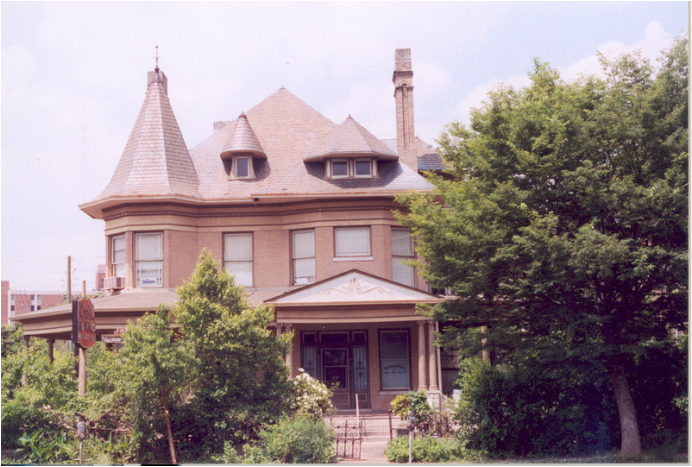
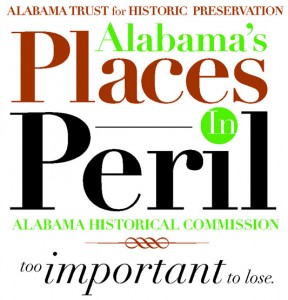
 RSS Feed
RSS Feed